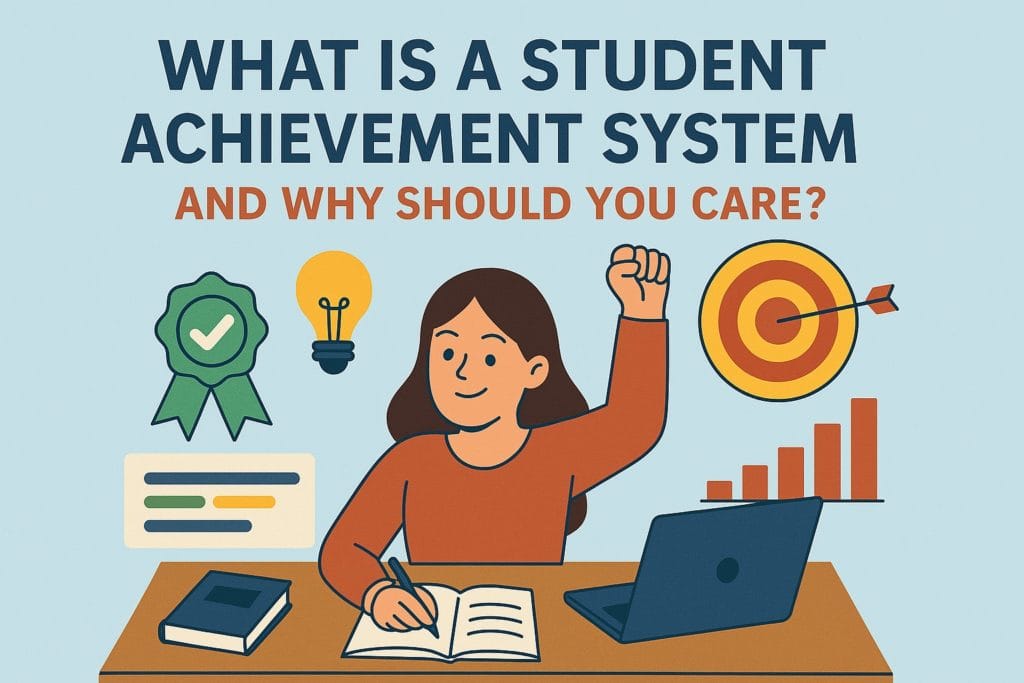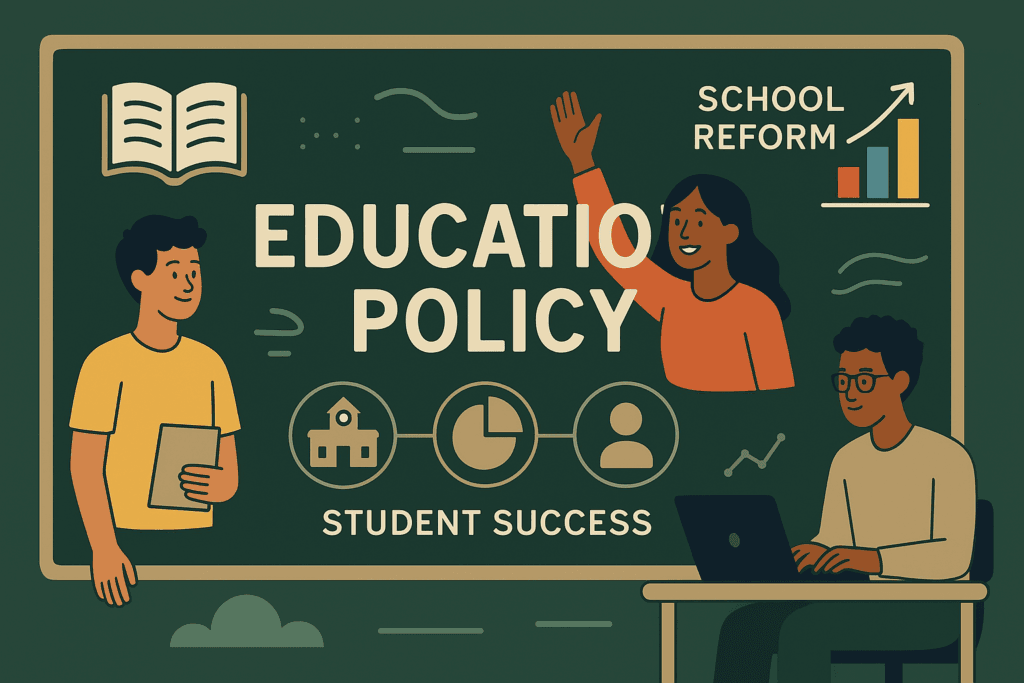
Learning is a highly personalized process, and each student has a distinct learning style that works best for them. Understanding your preferred learning type and modifying your study methods appropriately may improve your learning experience and academic achievement a lot or even become a real game-changer. Here are a few practical ideas for adjusting your study technique to optimize your learning capacity.
The Importance of Recognizing Your Learning Style
It is critical to establish your learning type and style as early as possible. Visual, auditory, and kinesthetic learner types are the three most common, however, there are different approaches to defining these categories. Visual learners learn more effectively when visual aids, charts, and diagrams are provided – they are better at remembering information through images or visualization. Auditory learners are best at understanding and consuming information when it is delivered verbally via explanations and dialogues, lectures, and podcasts. Hands-on activities and physical involvement are preferred by kinesthetic learners to reinforce their comprehension. Identifying your learning type enables you to improve your study methods and make the most of your study sessions.
Visual Learners: Success Strategies
If you are a visual learner, including visual aids in your study sessions is critical. Make colorful mind maps, flowcharts, and diagrams to graphically organize material. You can also use various markers or stickers to highlight some key moments in your notes – it will be much easier for you to later find the needed information in your memory.
To reinforce ideas, use flashcards with pictures or visual clues. Look for instructive films and tutorials that graphically explain difficult concepts. Use highlighters or colored pens to accentuate crucial topics while studying from textbooks. To create and depict ideas, use whiteboards or digital tools. Creating aesthetically beautiful study notes may also help you remember knowledge more efficiently.
Techniques for Embracing Verbal Instruction for Auditory Learners
In order for auditory learners to learn well, they must include verbal approaches. Participate in group conversations and study groups where you may explain things aloud and argue. Record lectures and listen to them again and again. Listen to course materials using text-to-speech software or audiobooks. Explaining topics to others or teaching them to a study partner may help you grasp and memorize them better. Using mnemonic techniques like rhymes to retain crucial information may also be quite effective for auditory learners.
Hands-On Approaches for Enhanced Learning for Kinesthetic Learners
Incorporating hands-on activities into your study regimen is critical if you are a kinesthetic learner. Participate actively in practical experiments, laboratory sessions, or field visits to reinforce your comprehension. During study sessions, take regular pauses to participate in physical activities that can help you remain focused. To understand difficult subjects, use manipulatives such as puzzles or models. Role-playing or making physical representations of concepts may also help with memory and comprehension. Pace or use a standing desk while studying to include movement into your study regimen.
Integrating Different Techniques in Multimodal Learning
While knowing your preferred learning type is beneficial, it’s important to understand that being a pure visual learner, for example, is not that common. The majority of people are combined learners with one dominant type. Multimodal learning allows combining various strategies to accommodate numerous learning styles. Experiment with several ways to see which one works best for you. Visual learners, for example, might enhance their studies with aural or kinesthetic strategies to strengthen their knowledge. Similarly, auditory learners might benefit from visual aids or hands-on activities to supplement their learning. Using a multimodal approach helps you to maximize your skills while also experimenting with new methods to grasp and remember knowledge.
Creating Your Own Study Environment
Creating a study environment that matches your learning style may have a big influence on your attention and concentration. Visual learners benefit from a clutter-free environment with enough lighting and visual cues like charts or posters. Auditory learners may benefit from a calm atmosphere or mild background music. Kinesthetic learners may like an open space where they may move about. For maximum productivity and engagement, try out various study settings and tailor them to your learning style.
Making Use of Technology and Digital Tools
There are several tools and resources available to help your learning style which are now available for everyone. Visual learners may benefit from the use of digital flashcards, mind-mapping tools, and virtual whiteboards, while auditory learners will find podcasts, audio recordings, and speech-to-text applications very useful. Kinesthetic learners might use virtual simulations and interactive learning platforms. Furthermore, internet instructional videos and tutorials appeal to a variety of learning methods. Accept technology as a complement to your study routine, adjusting your choice to your own learning preferences.
Collaborative Learning
Collaboration and peer teaching are two methods for learning from others. Participating in collaborative learning activities allows you to engage with others who have diverse learning styles. Form study groups or study partnerships to share ideas and explanations. Explaining topics to others not only helps you comprehend them better but also exposes you to other learning methods. You may gather insights and adapt their strategies to your own learning style by seeing how others approach learning. Accepting different learning styles promotes a diverse and dynamic learning environment.
Self-Assessment and Reflection on a Regular Basis
It is critical for development and advancement to regularly examine your study approaches and remark on your performance. Consider which strategies are producing the greatest outcomes and which need to be reviewed. Keep track of what works best for you and make changes as required – flexibility and adaptation are essential for maximizing your learning methods.
Conclusion
Adapting your study methods to your learning style gives you the ability to take charge of your education and optimize your academic potential. Understanding how you best absorb and process knowledge allows you to customize your study habits, settings, and resources. Remember that everyone’s learning style is different, so it’s important to try out various strategies and see what works best for you. Accept the voyage of self-discovery and enjoy the process of learning in a manner that suits your unique learning style.
 Karen Palmer
Karen Palmer


